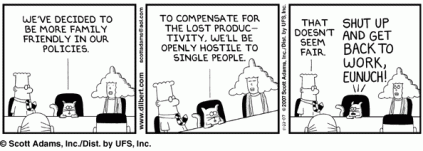There seems to be a significant debate between the left and right wing blogs about whether Bloomfield Hills is over-taxed or not. However, there is one thing that both sides agree on, if taxes are cut by $1,000, this gives people $1,000 more to spend. This is the point I’m going to discuss.
Households receive a net wage, which is their gross wage – income tax. The household requires a certain net wage before it will enter the labour market (say the benefit + the opportunity cost of leisure time), and may also require a premium to choose one firm before another firm (when labour supply is restricted).
Now the gross wage + non-labour costs (which we will assume are exogenous, even though they aren’t really 🙂 ) is the cost to the firm of hiring that employee. If taxes fall, the net wage the household receives would be higher. However, the relationship between employers and employees determines the gross wage. If the employer knows that taxes will fall, they can reduce their employees gross wage and leave their net wage the same (I know that firms often can’t do this because of labour laws and wage stickiness, however in a dynamic sense they could just reduce the rate at which they increase an employees wage). Ultimately, the division of the tax depends on the relative bargaining power of the different agents.
If there were ‘many’ firms and ‘many’ employees, the incidence of tax would depend on the relative elasticities of demand and supply for labour. Often labour demand is assumed to be relatively elastic while labour supply is highly inelastic. In this case most of the tax is borne by the employee and so a cut in taxes will mainly benefit them.
However, if we have a high rate of unemployment, labour supply will become relatively more elastic, which implies that some of the burden shifts onto employers.
If we have a monopoly firm and many (homogeneous) low-skilled employees (flat labour supply curve) the tax burden will be fully taken up by the firm. This is because the monopoly will only want to pay enough to get the employees to work, and so the net wage will be set at the reservation level. If you cut taxes you cut the gross wage required to get this net wage. Note: This result would not hold with asymmetric information (worker effort) or heterogeneous agents (as a higher net wage would then be required to intice more workers – labour supply would be upward sloping).
Ultimately, where the burden of income tax falls is a difficult issue, and depends on the specifics of the labour and goods markets. However, it is not clear cut that if my taxes are cut I would end up with that much extra money. As a result, we have to realise that a cut in income taxes will result in a reduction in firm costs as well as an increase in consumers spending power.
Click on the following to know what is an ir35 umbrella and how it could benefit you.
Click here:open a security agency in Singapore for securing your business requirements.

